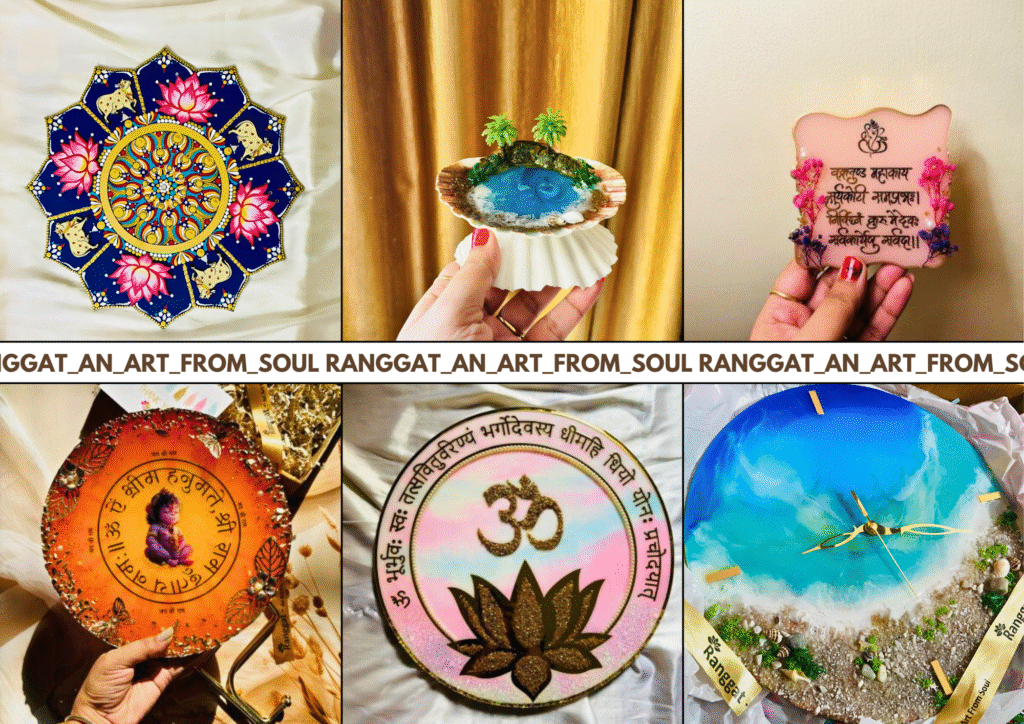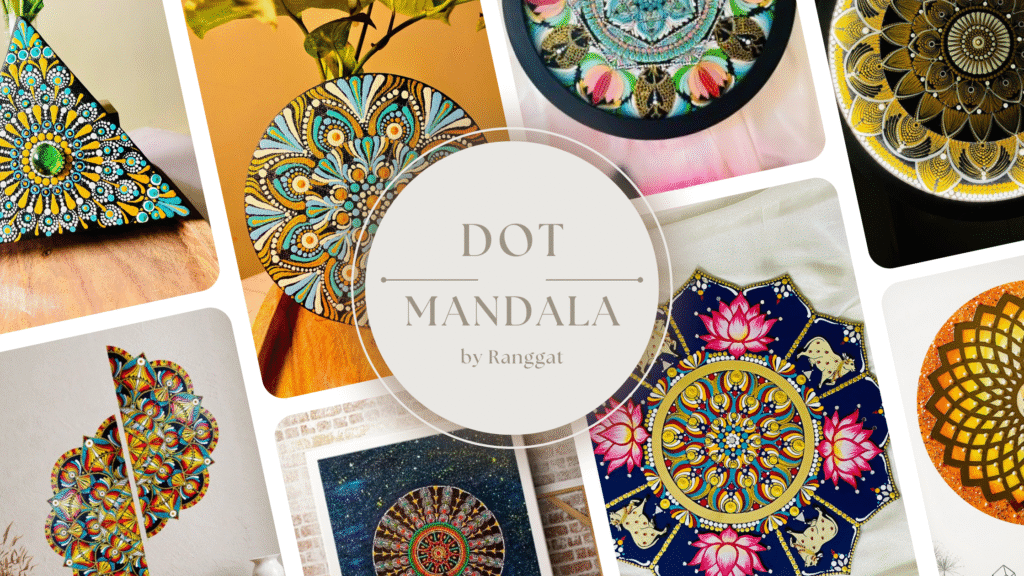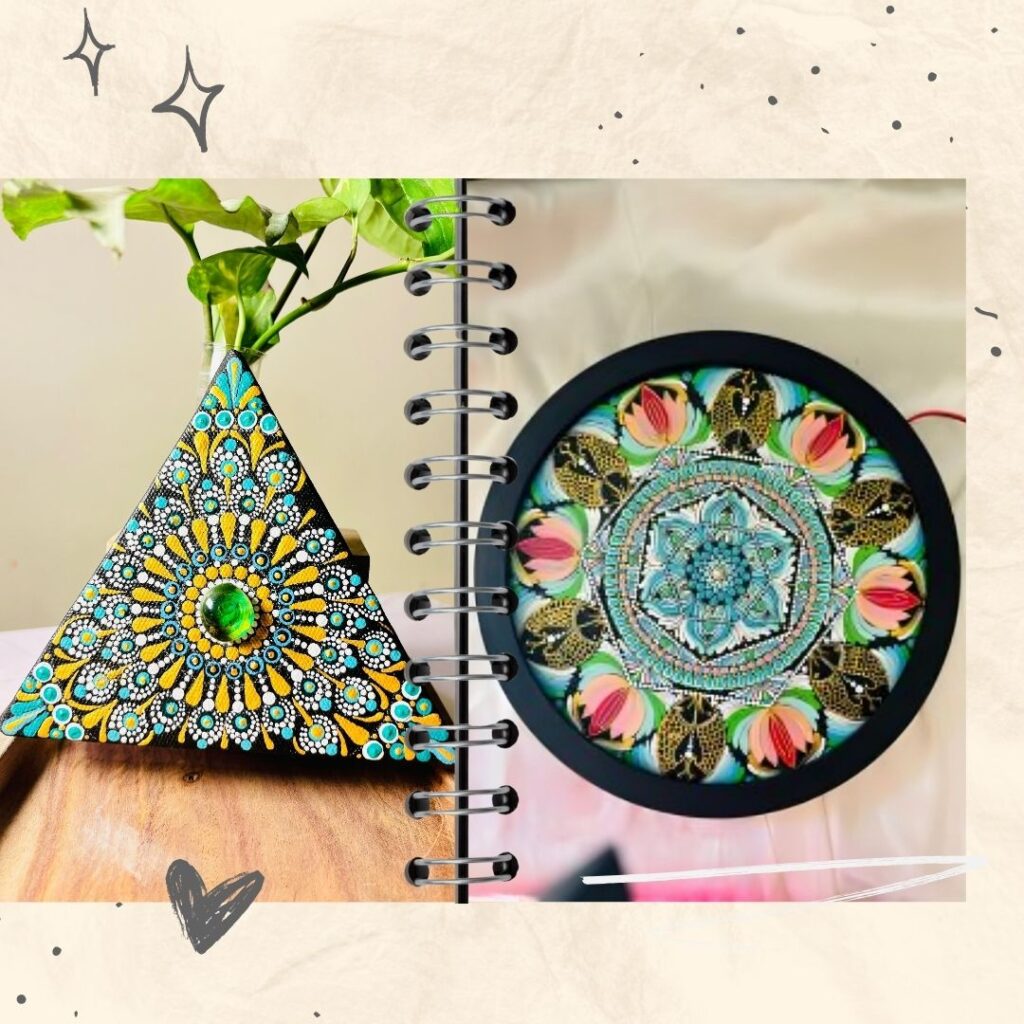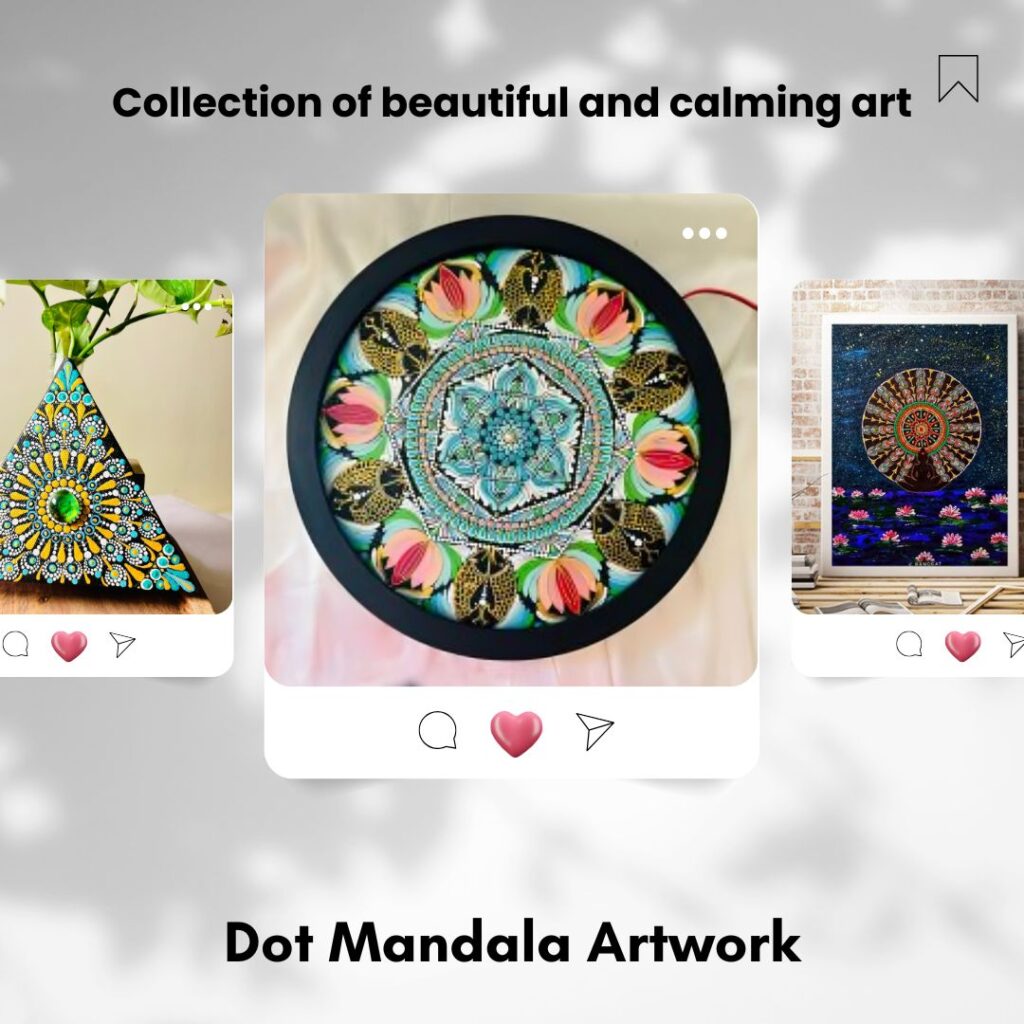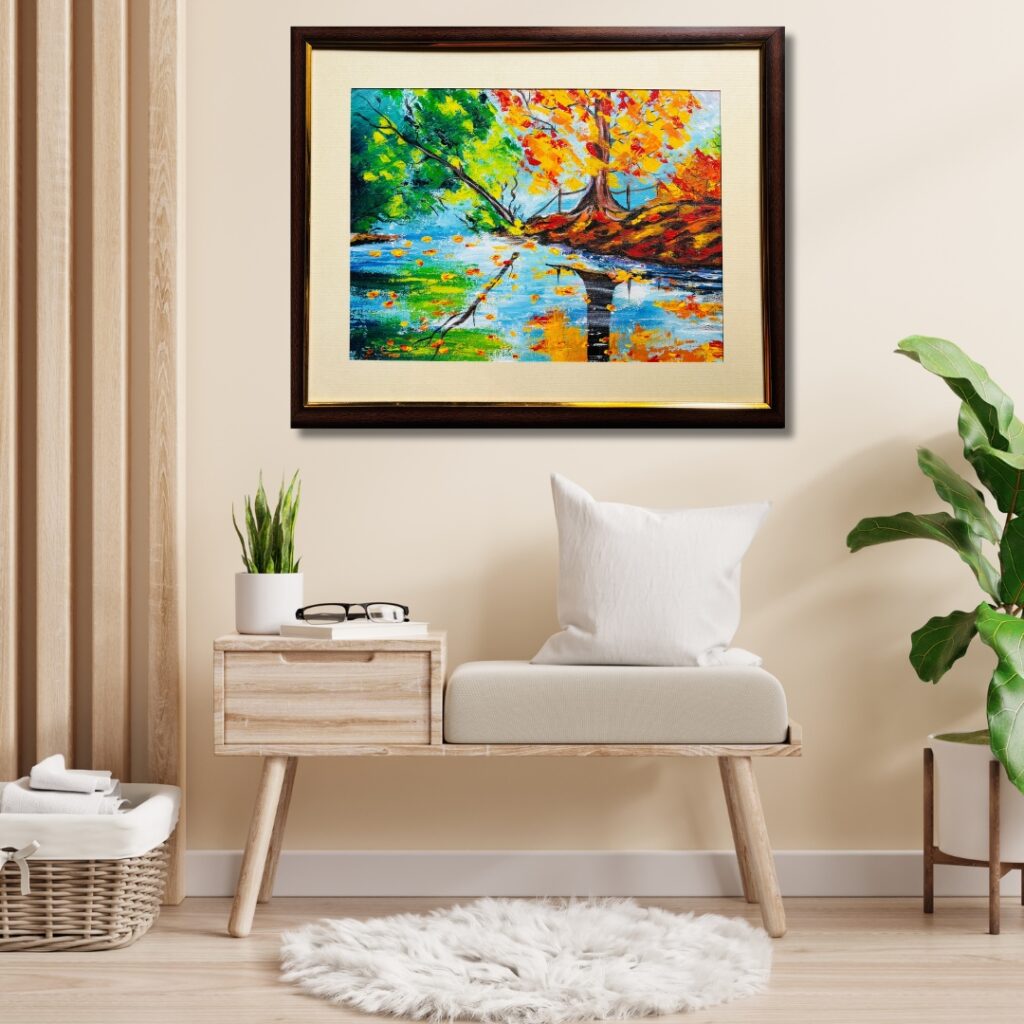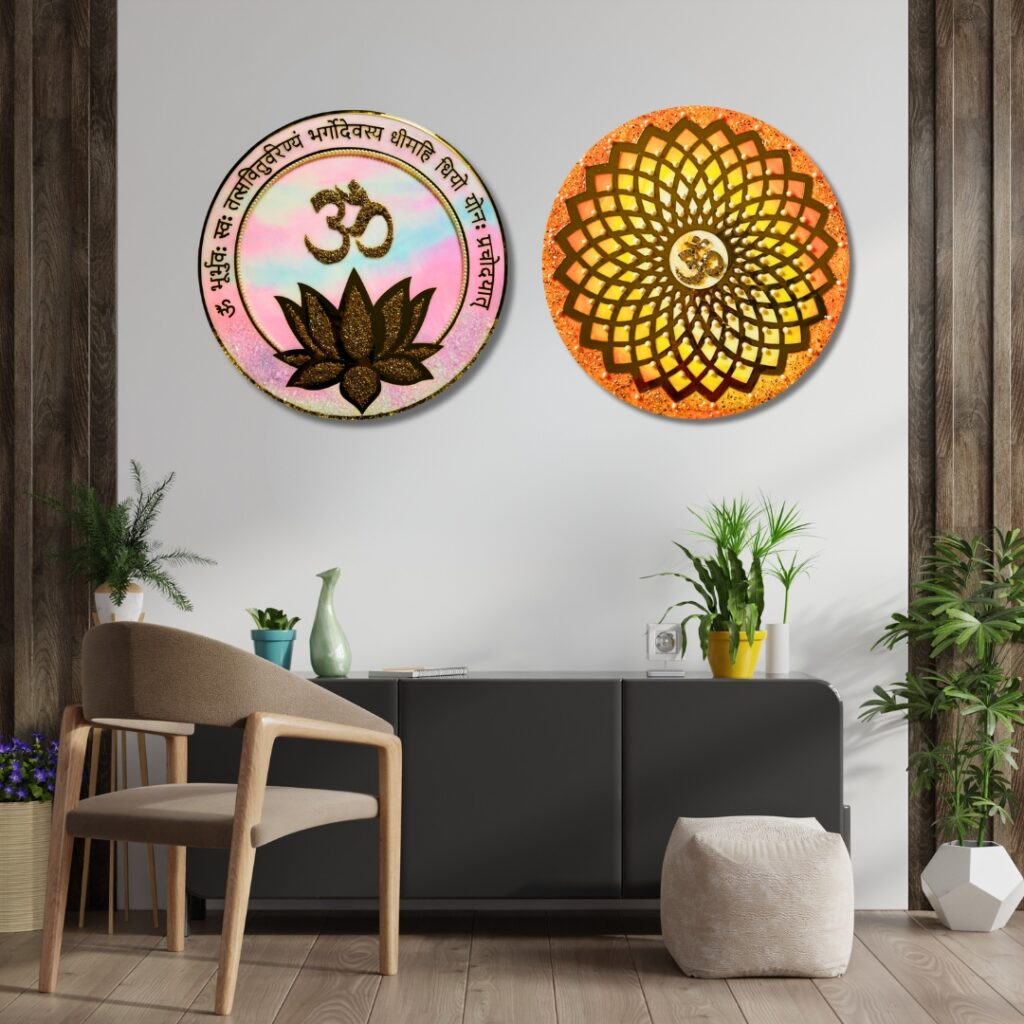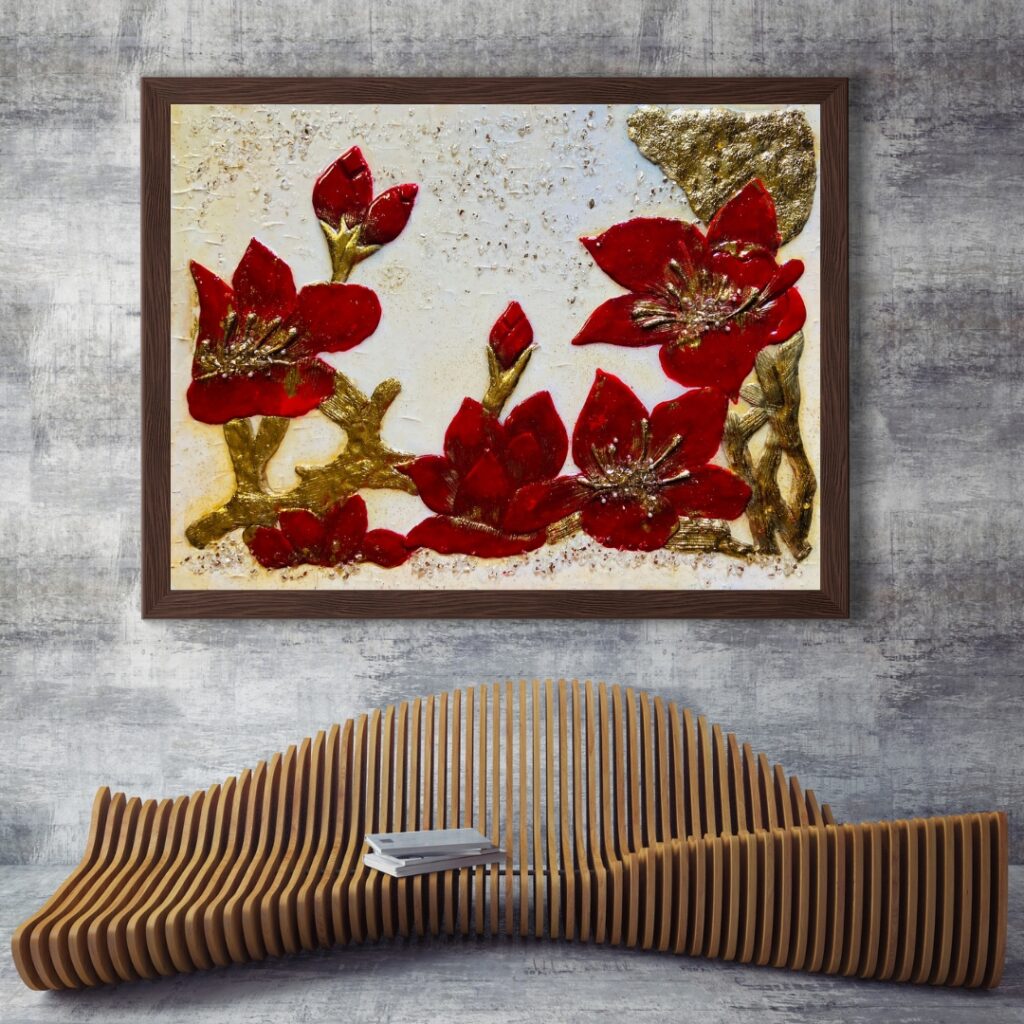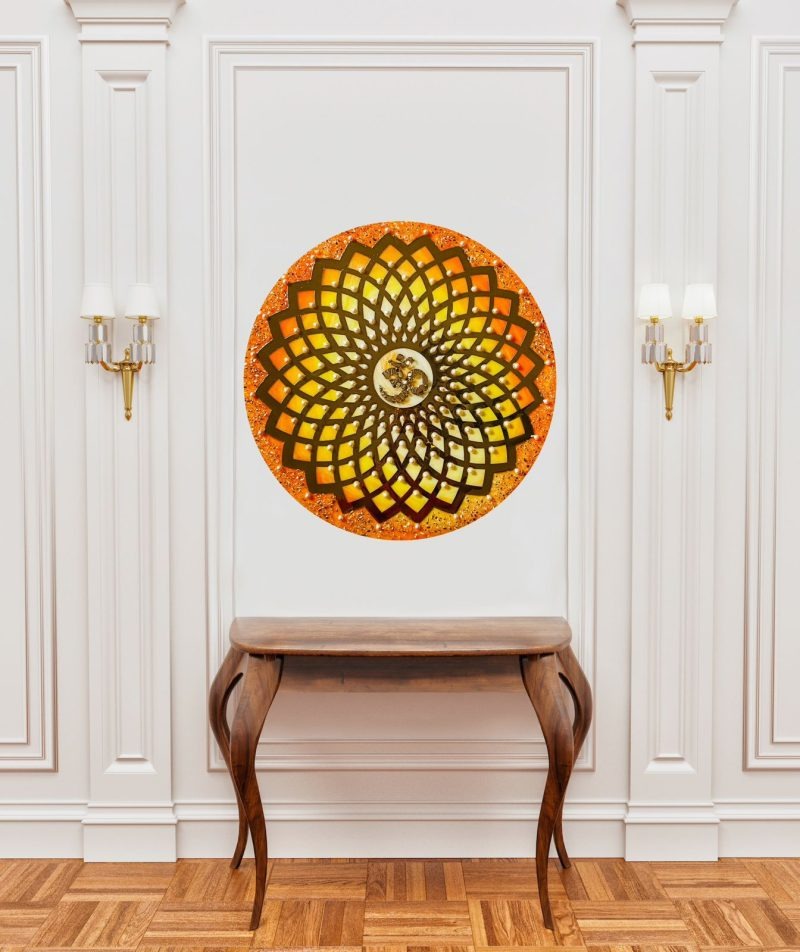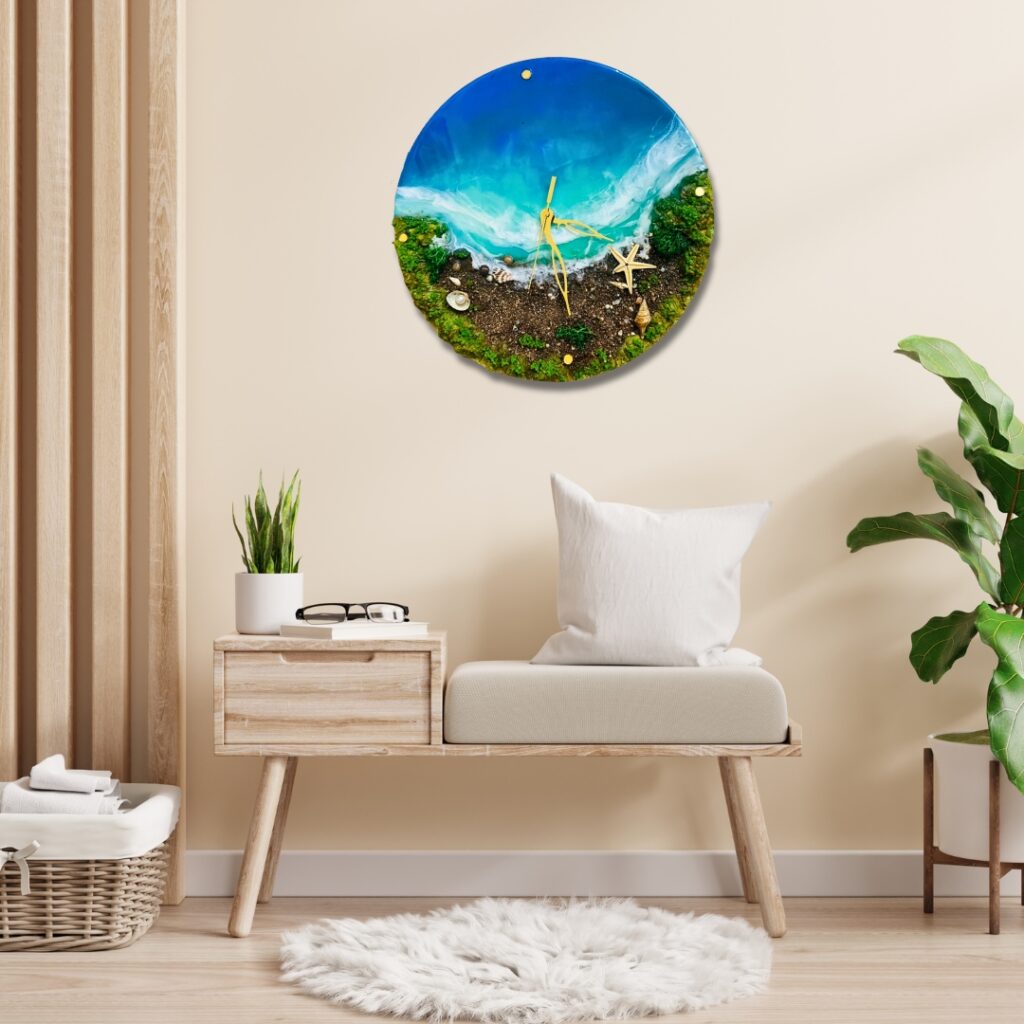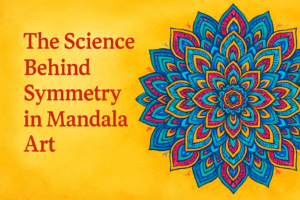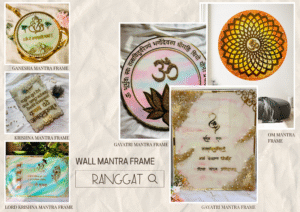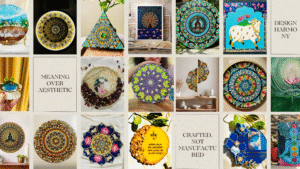Every piece I make at Ranggat is the result of deep spirituality and emotion. As an artist, true art is built on the three essential pillars of beauty, balance, and belonging. They are more than concepts; they are the fundamentals that influence each brushstroke and dot I apply to the canvas.
Beauty: The Soul of Art
For me, beauty is more than what meets the eye. It’s about capturing a moment of emotion, a feeling that can be felt long after you’ve stepped away from the artwork. At Ranggat, I focus on creating pieces that are visually appealing and deeply meaningful. Through bright colors, intricate details, and spiritual concepts, I strive to create beauty that sparks a sense of wonder and tranquility.
Balance: The Harmony Between Chaos and Calm
Art is an eternal journey between chaos and calm. At Ranggat, I look for that harmony – where bold strokes meet delicate lines and vibrant colors find peace within pastel shades. The result is a piece that feels balanced, resonant, and complete. For me, balance is more than simply a design concept; it’s a reminder of life itself, a mindset I try to express in each piece I create.
Belonging: The Connection Between Soul and Space
Each artwork I create is made with a purpose — to inspire belonging. Belonging within ourselves, within our spaces, and within a greater sense of the universe. The right piece of art has the power to make a room feel like home and to make a person feel seen and connected. Every artwork at Ranggat serves as an interface for a sense of belonging; it is a space where color, pattern, and symbol invite a deeper sense of belonging for those who experience it
The Heart of Ranggat
From the perspective of an artist, I see each piece of Ranggat’s work as a representation of life itself: beautiful, balanced, and belonging. Ranggat’s philosophy and goal, which is to create strong bonds between art and viewers so that every space appears calm, spiritual, and appealing, are both described by these three pillars.
Ranggat offers a collection of handcrafted mandalas, spiritual wall decor, and artworks that are inspired by the concepts of balance, beauty, and belonging. I invite you to explore the collection at Ranggat. Together, we can transform spaces into soulful sanctuaries.

